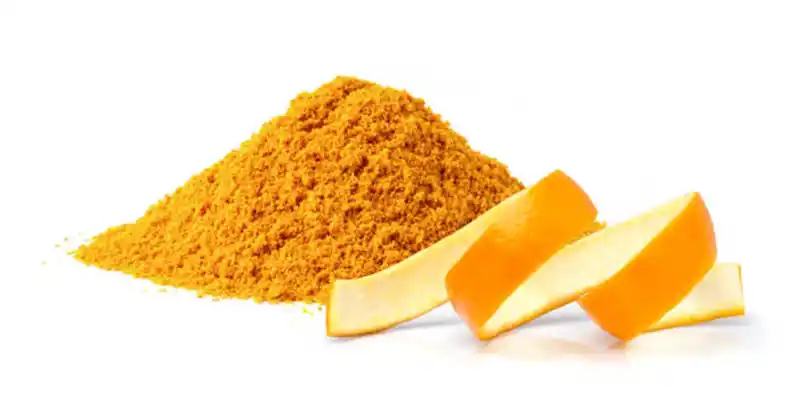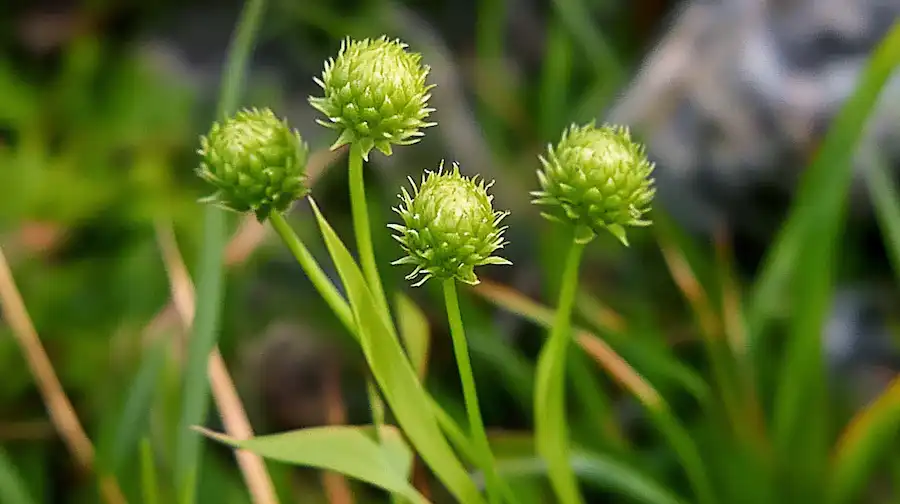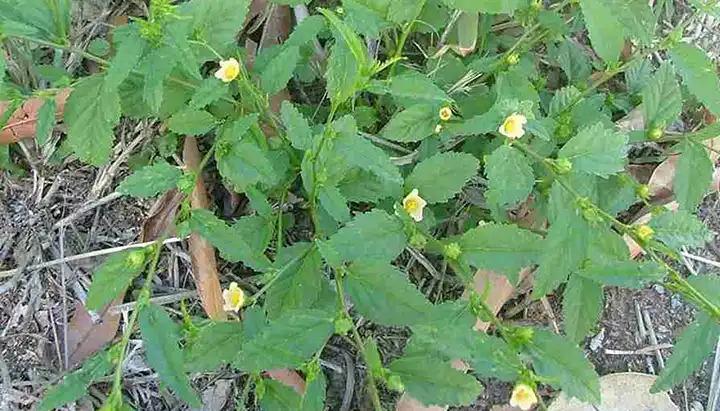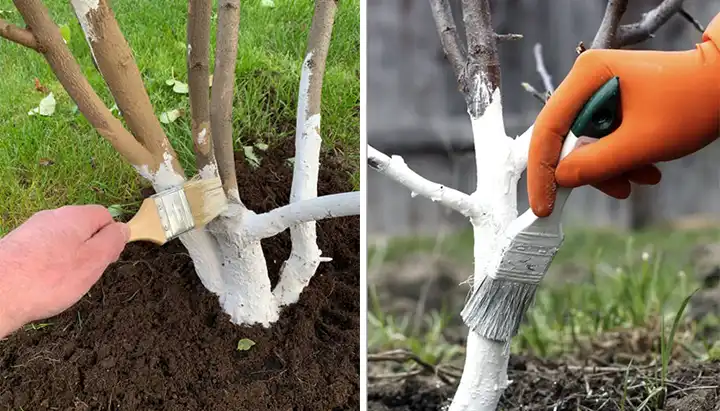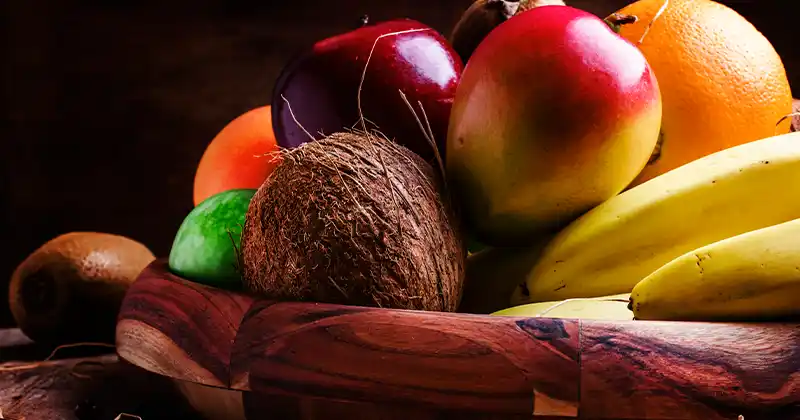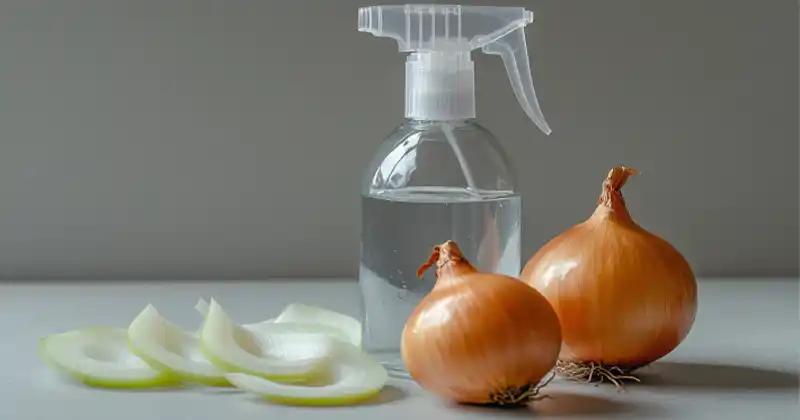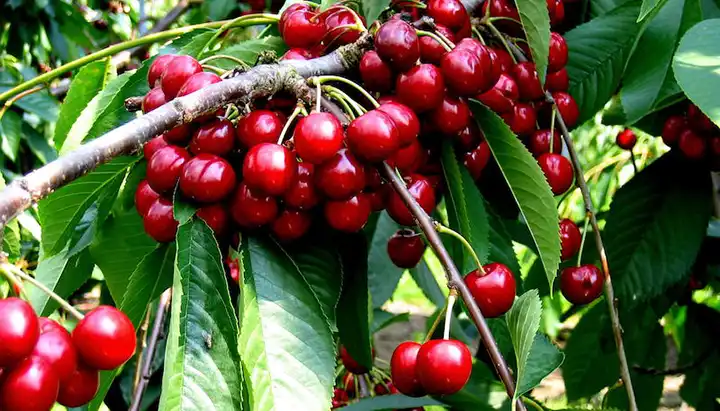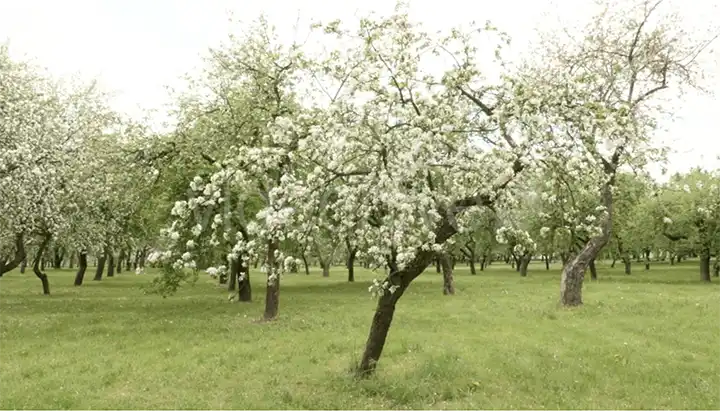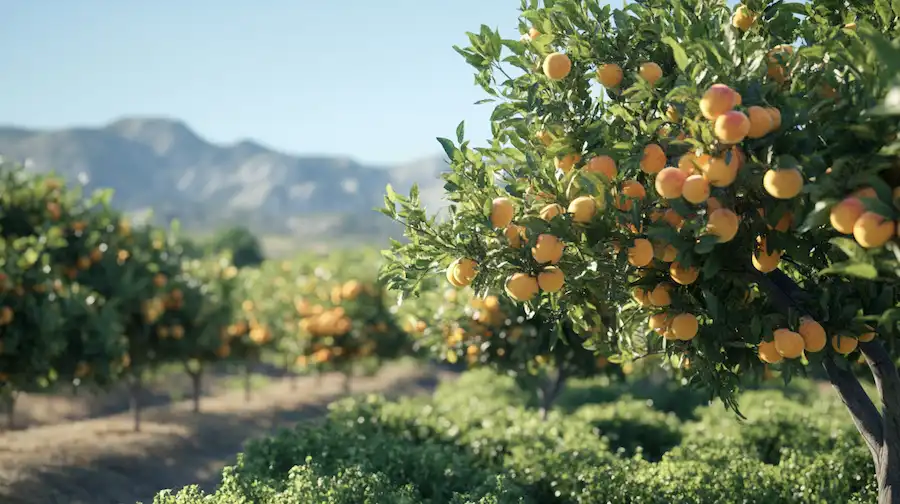Reviving a Tree with Damaged Bark: A Comprehensive Guide
Trees, often perceived as resilient giants, can be significantly harmed by bark damage. The bark functions akin to a tree’s skin, protecting the phloem layer – a crucial part of its circulatory system that transports energy from the leaves to the rest of the tree. When this protective layer is compromised, the tree’s health is at risk.

Understanding Bark Damage and Its Implications:
- Extent of Damage: If less than 25% of the bark around the tree is damaged, the tree is likely to survive with proper care. However, if 25% to 50% is damaged, the tree may suffer but can still survive. Damage over 50% puts the tree’s life at risk, and at 100% (girdling), it’s extremely difficult to save the tree.
- Initial Care for Minor Damage: For superficial scratches, clean the wound with soap and water to reduce pathogens. Allow it to air heal without using a sealant.
- Dealing with Larger Wounds: For more extensive damage, clean cutting the wound is crucial. This involves cutting an oval around the circumference of the damage to facilitate clean healing. Remember, do not use sealants as they can trap moisture and pathogens.
Advanced Techniques for Severe Damage:
- Bridge Grafting: In cases of severe damage, especially girdling, bridge grafting may be necessary. This involves creating a ‘bridge’ for nutrients and sap to travel across the barkless area. Scions from the same tree are used to span the damaged area and inserted under the remaining bark edges. The orientation of the scion is crucial for success.
The Role of Air Layering in Saving Trees with Damaged Bark:
Air layering is a propagation technique similar to taking cuttings, but the cutting remains attached to the parent plant until it roots. This method ensures the cutting continues to receive moisture, increasing survival chances. However, air layering typically takes longer to produce roots and may not yield as many cuttings as other methods. This technique is more suited to producing new plants from the existing one rather than repairing bark damage.
- Applicability to Bark Damage: While air layering can be an effective propagation method, it is not typically used for repairing bark damage. The technique is more focused on creating new, smaller plants from existing ones and doesn’t directly contribute to healing the damaged tree itself.

In conclusion, saving a tree with damaged bark requires careful assessment of the damage and appropriate actions. Minor damages can be handled with simple cleaning and allowing natural healing, while more severe cases may need interventions like bridge grafting. Air layering, although a useful propagation technique, is not a viable method for repairing bark damage. It is always recommended to consult with a tree care professional, especially in cases of severe damage, to determine the best course of action for the tree’s recovery and survival.
